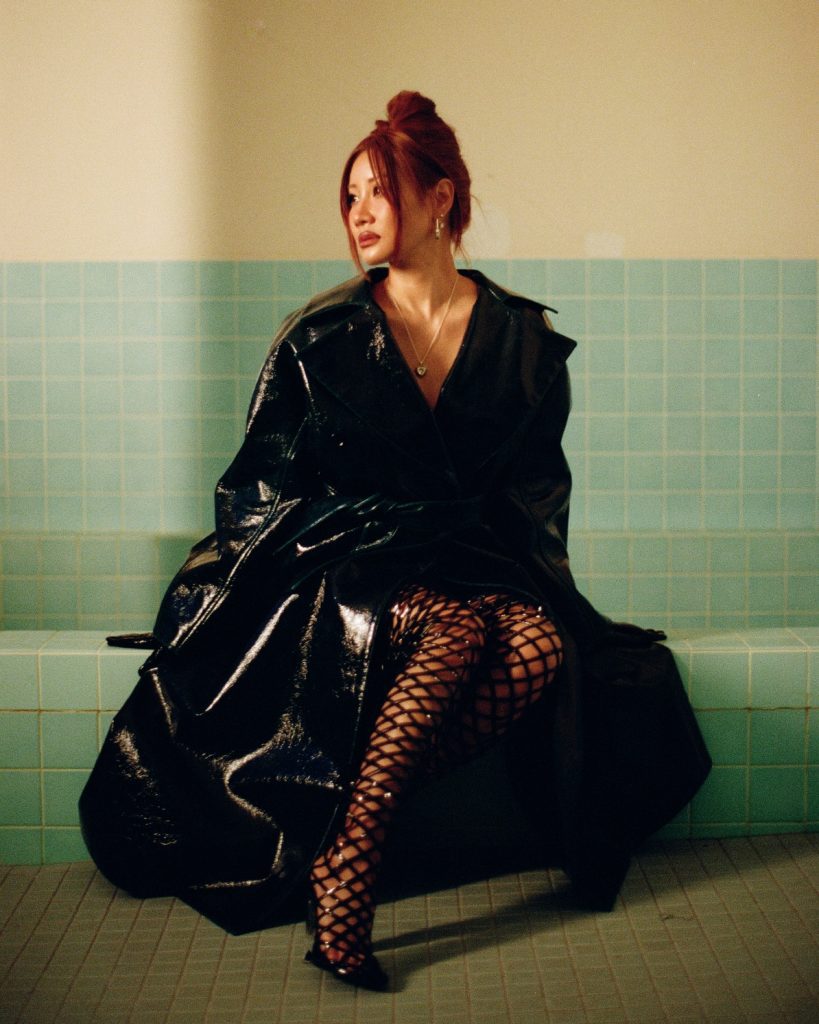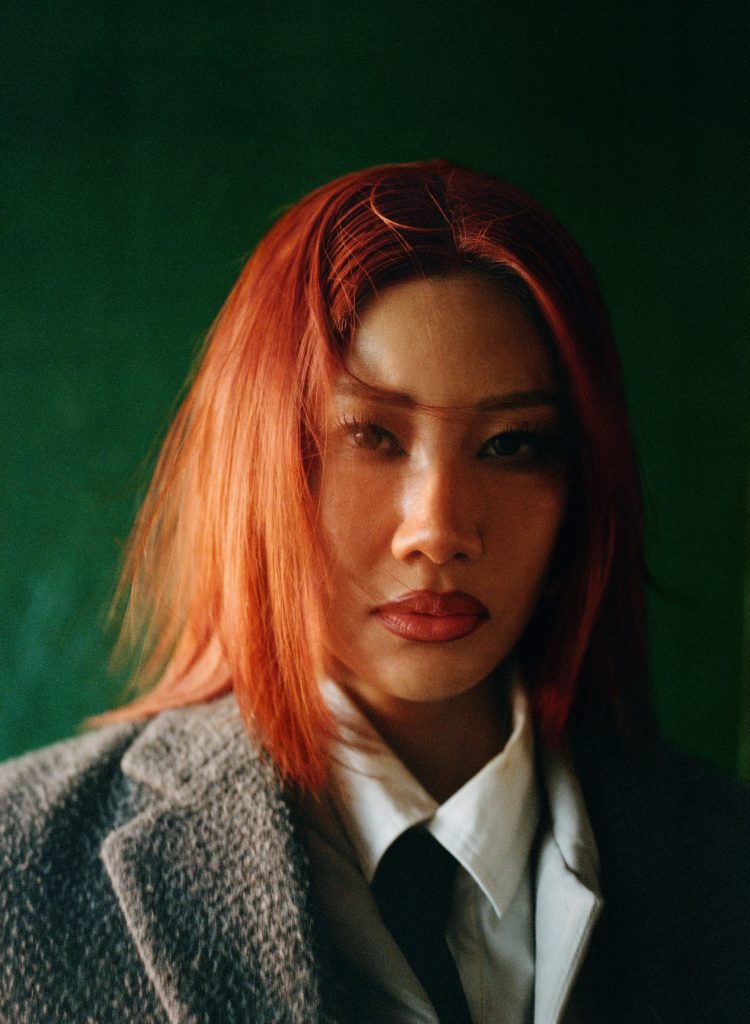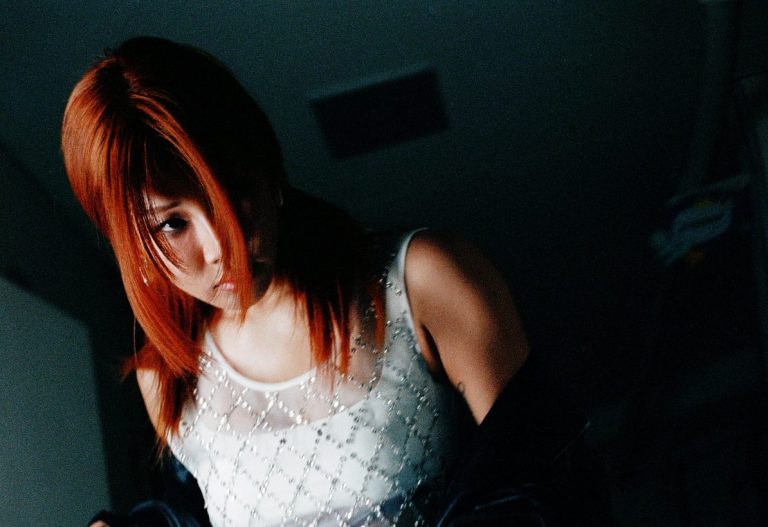We met with YOON, the creative force behind AMBUSH® and the global women’s curator of Nike, to discuss her unique perspective on art, design, and the ever-evolving world of fashion. Early in our conversation, the unmistakable clarity with which she has mapped her future path became apparent—it is a trajectory without fear, doubt, or compromise. In the following interview, YOON shares her vision for the future of AMBUSH® and Nike, explaining how organic evolution and commitment to core values has helped each company grow. Driven by curiosity and a commitment to authenticity, her success serves as a testament to the importance of balance, rhythm and the embrace of change.
hube: With each passing year, a new idea of beauty emerges that either builds upon existing standards or goes against them entirely. You always seem to be one step ahead. What’s your secret?
Yoon: There is no secret. Rather, I view living as a genuine, authentic journey of being connected to the world, marinating and digesting it in my own unique way. I pay attention and am constantly curious about what’s happening across different industries. Also, I like to travel a lot so that I can see things in person. It’s one thing to know about it in your head or through passing information that you’ve read online, but it’s a different understanding that you get by really living it. I make sure that I remain open-minded, [so that I can] learn and feel those things. Then, I apply the inspiration to my creations.
h: How do you interpret the concept of “in motion” within the context of your creative journey?
Y: I’m always travelling, so I’m literally “in motion.” It’s crucial for me to be present, to witness things firsthand. At the same time, my mind is also in constant motion to challenge itself by questioning. I actively seek to learn new things to update the old data in my head, then I expand my creative universe and connect all of these data points into something bigger. I’m not the type of designer who focuses solely on one thing over and over. Ideas must flow and move with time and environments, so I try to redefine everything again and again. I believe that continuous evolution is essential for personal growth and inspiration. So, I keep asking myself every day, “What’s next?”
h: The boundary between design and art is sometimes so blurred it is almost indiscernible. What is your experience in the interplay between art and design?
Y: I believe the most fundamental difference lies in the fact that art doesn’t necessarily require a function, whereas designs do. Art revolves around the concepts and ideas you’re willing to share with the world (in whatever medium you practise), but it’s not necessary. In contrast, design is tied to practical application and utility, existing within the realm of rationality.
Take Rei [Kawakubo] and Comme des Garçons, whose design is on a different side of the spectrum. Despite their avant-garde styles, at the end of the day, their clothes still need to be on the body. It’s not merely about creating random, aesthetically beautiful forms meant to be hung on the wall. It can be both beautiful and wearable.
To me, art and design are certainly two different things. While design can be showcased as an art form in galleries or museums, it always requires a function. On the contrary, while an artist’s work can be applied to design, art itself is free from such constraints.



